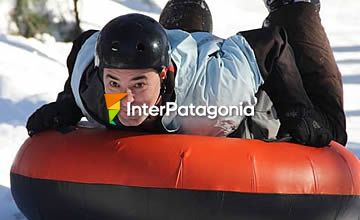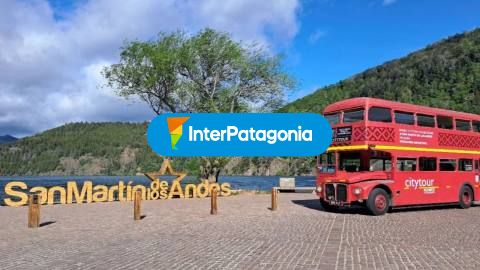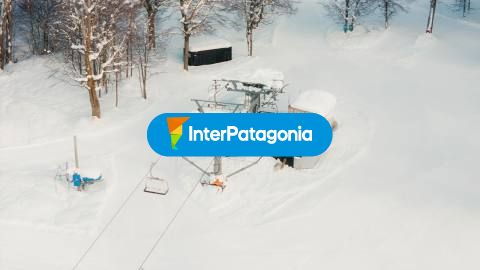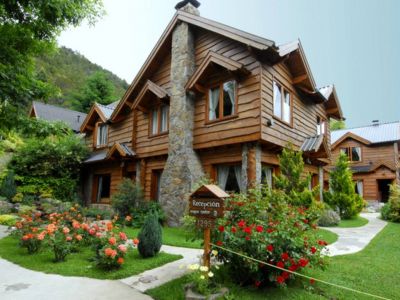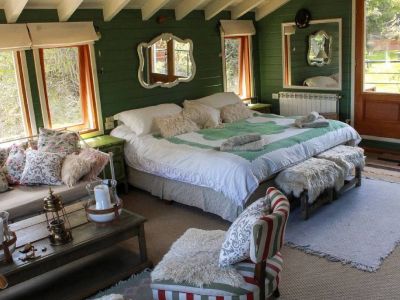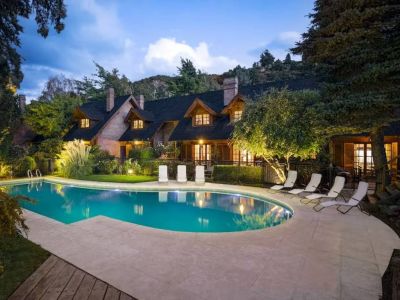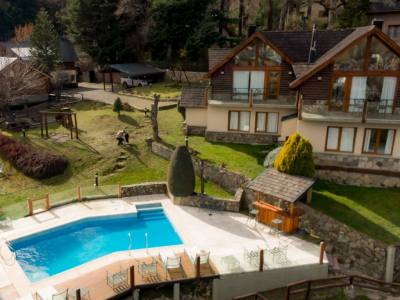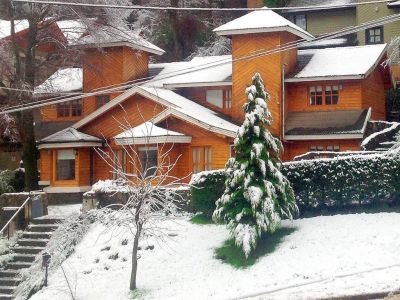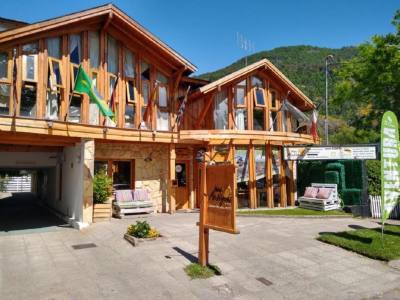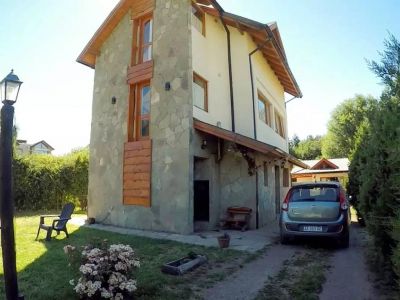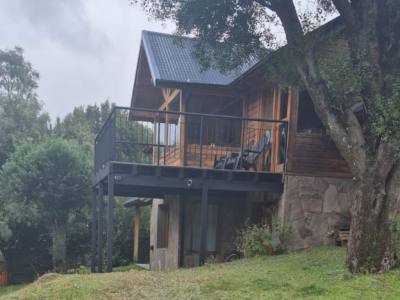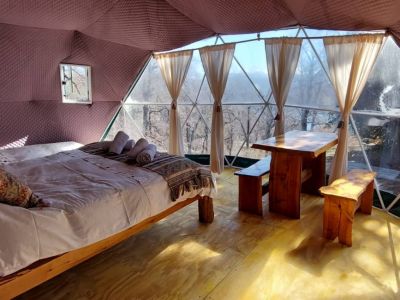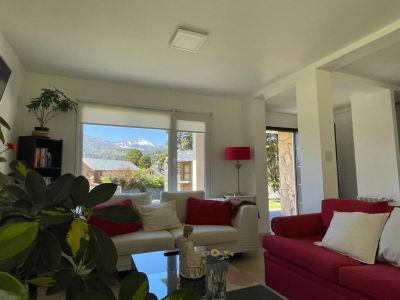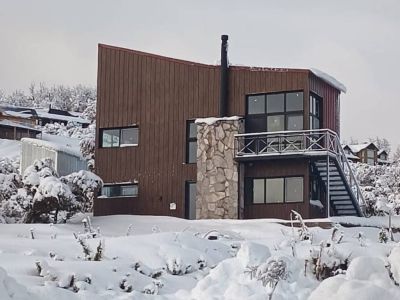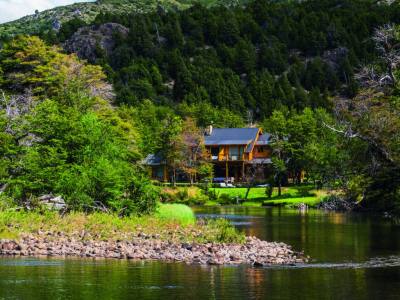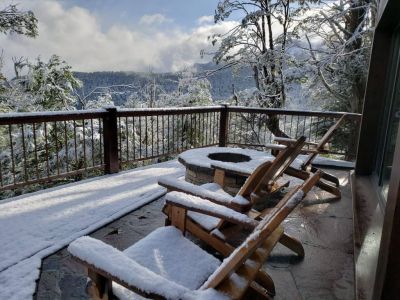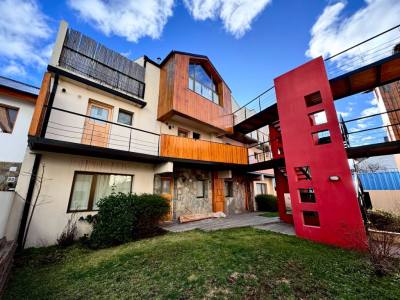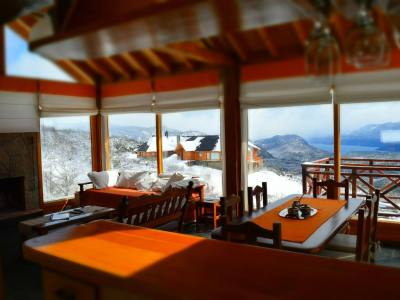Hit the summit Day
02:00 : We woke up. One of the longest and most agitated days was awaiting us. We started to get up and arrange our baggage. While the mountain guide assistant prepared breakfast, the guide evaluated if the weather conditions would allow us to try climbing to the top.

We had a hot drink for breakfast, with cookies, nuts, hazelnuts and raisins, which provide vital calories for the day. We put on warm clothes, sun protect lotion on our faces and Moisterizing butter on our lips. We prepared our backsacks with warm clothes, food and fluids, leaving behind the stuff we would not need. Time for Final Adjustments
02:30 a.m.: The majestic sunrise offered us a reddish sky that seemed to be getting on fire. Astonished, we beheld the daybreak and started to feel the tepid heat of a unique sun … the sun of the Lanin.
 03:00 a.m.:
03:00 a.m.: We started climbing. After a few minutes, the guide pointed out that we should put on the crampons to continue. Once they were properly adjusted, we resumed our march in a zig-zag fashion. In order to climb correctly using this equipment, it is necessary to settle the tip of the crampon first and finish the movement of the foot by posing the heel on the ground. In this way, all the points of the crampon would be on the snow. Whenever a stop or change of pace was made, it was important to be always facing the mountain. In this way, the possibility of slipping was cosiderably reduced.

05:00 a.m.: Fascination time. When we reached the C.A.J.A. hut (Club Andino Junín de los Andes), we caught sight of a unique and unforgettable picture. From this point, located 2,600 mosl, we managed to observe the Llaima and Quetrupillán volcanos, the Huaca Mamuil lagoon and the rocky formations known as “La Peineta” (the ornamental comb) and the “Colmillo del Diablo”. A carpet of grey clouds embraced the rest of the surrounding mountains.
05:30 a.m.: After setting our senses at rest for a couple of seconds and hydrating ourselves, we continued our way to the 3,000 mosl plateau. The slope became more intense, tiredness took control of us, but quietly and steadily, we were approaching our aim.
06:30 a.m.: We arrived in the 3,000 m plateau. We passed by a rocky promontory that led us to the Canaleta del silencio (the gutter of silence), from where we observed the superb summit as a silent witness of our pass. We went along the gutter that would take us directly to the top.
07:15 a.m.: We continued along the Canaleta del silencio keeping the same marching rhythm. At this point, the Villarica volcano appeared. Amazed at the new perspective, we reloaded our strength to get to the pre-summit.
08:00 a.m.: Once there, we started to use the ice-axes. We were still climbing in a zig-zag fashion. Eagerness to reach our end increased. “Come on! It won’t be long!” – encouraged our guide.

11.00 a.m.: We made it to the top and all our senses were subject to the inmensity of the scenery. How could we explain the thrill of being there? Standing in the well-known circum-Pacific belt, the Lanín volcano is privilegedly located in the Andes. At the top, we made a 360º turn, observing the Villarrica and Mocho volcanos towards the Chilean border. To the South, we saw the Tronador mount, the Puntiagudo and, at a distance, the Osorno volcano. Towards the North, once again, we beheld the Llaima volcano and, lower down, the Peineta mount. From the summit, Lakes Tromen, Huechulafquen and Paimún seemed to be just puddles. Unequal quietness and harmony invaded us when we became aware: we were at the heights of Patagonia. We started to celebrate: we uncorked a bottle of wine and another one of champagne, wishing that minutes would be endless, that they would freeze like the glacier that we were stepping on.

“This is like life itself …” –the thoughtful guide reflects– “This is like when you set yourself an aim and do your best to achieve it”. That initial phrase rang a bell in our inner self. It was true: in that remote nook, we were exploring ourselves. After taking pictures and enjoying the different panoramic views, we picked up the garbage we had made and got ready to start our way back to the hut.

We started to go down. The technique of descending with the crampons on is similar to the climbing technique with only one difference: you have to fix the heel first and then the rest of the foot. Enraptured by the fraternal moment we had lived at the top, we went down. We stopped for a rest at the 3,000 plateau, the C.A.J.A. hut and a few meters before reaching the R.I.M. 46, where the guide and his assistant taught us how to wedge the ice axes in case of slips –an explanation that will always be useful. Much more relaxed, we got to the mountain hut. There we repeated the previous day operation to set ourselves to rest till the following morning. The anecdotes experienced during such unforgettable day arose in the stories of all the members of the expedition that got to the top of the Lanín. We were all in our sleeping bags.
Return to the Base Day
After breakfast, we arranged our backpacks, picked up the garbage, put the equipment in order and started to climb down. Taking advantage of the snow, our guide decided that we should descend along La Canaleta, using the crampons and the technique we had learnt the previous afternoon. In the intersection of the Camino de mulas and La Canaleta, we took our crampons off and continued our way down along the Espina de pescado. We hydrated ourselves on the way.

We abandoned the path and, with it, the base of the Lanín. We entered the lenga forest. There, we made a stop to adjust the equipments. Once again, we appreciated the image of the volcano. It was weird to think that a few hours before, we had been standing on its top. With a sign of respect, we saludated the volcano and plunged into the forest. We got to the Río Turbio station of the Lanin National Park and our guide informed our return. The transfer vehicle picked us up at the forest ranger post to take us back to San Martín de los Andes. Very happy because none of the participants had had major inconvenience during the climbing, we were congratulated by the mountain guide and his assistant for the success we had made. Deep in our hearts, we know that we have honored the freedom of our own selves.

Note: It is not always possible to hit the summit due to weather conditions. At such height, the weather determines whether the aim can be achieved or not. Furthermore, safety and physical questions are always determined by the mountain guide.

 03:00 a.m.: We started climbing. After a few minutes, the guide pointed out that we should put on the crampons to continue. Once they were properly adjusted, we resumed our march in a zig-zag fashion. In order to climb correctly using this equipment, it is necessary to settle the tip of the crampon first and finish the movement of the foot by posing the heel on the ground. In this way, all the points of the crampon would be on the snow. Whenever a stop or change of pace was made, it was important to be always facing the mountain. In this way, the possibility of slipping was cosiderably reduced.
03:00 a.m.: We started climbing. After a few minutes, the guide pointed out that we should put on the crampons to continue. Once they were properly adjusted, we resumed our march in a zig-zag fashion. In order to climb correctly using this equipment, it is necessary to settle the tip of the crampon first and finish the movement of the foot by posing the heel on the ground. In this way, all the points of the crampon would be on the snow. Whenever a stop or change of pace was made, it was important to be always facing the mountain. In this way, the possibility of slipping was cosiderably reduced.

 “This is like life itself …” –the thoughtful guide reflects– “This is like when you set yourself an aim and do your best to achieve it”. That initial phrase rang a bell in our inner self. It was true: in that remote nook, we were exploring ourselves. After taking pictures and enjoying the different panoramic views, we picked up the garbage we had made and got ready to start our way back to the hut.
“This is like life itself …” –the thoughtful guide reflects– “This is like when you set yourself an aim and do your best to achieve it”. That initial phrase rang a bell in our inner self. It was true: in that remote nook, we were exploring ourselves. After taking pictures and enjoying the different panoramic views, we picked up the garbage we had made and got ready to start our way back to the hut.


